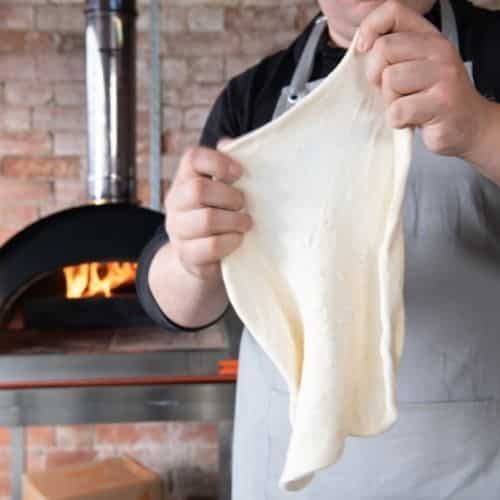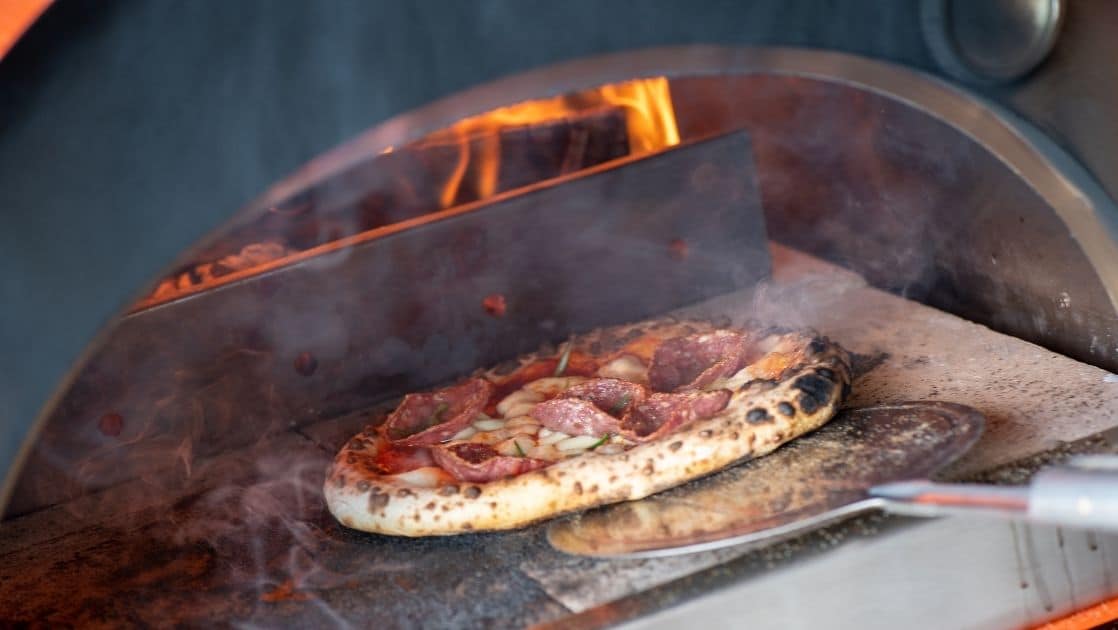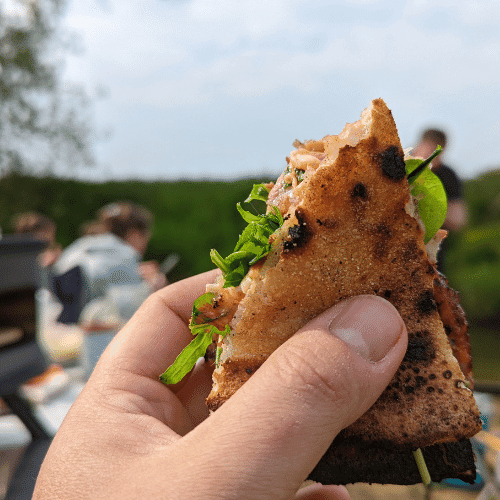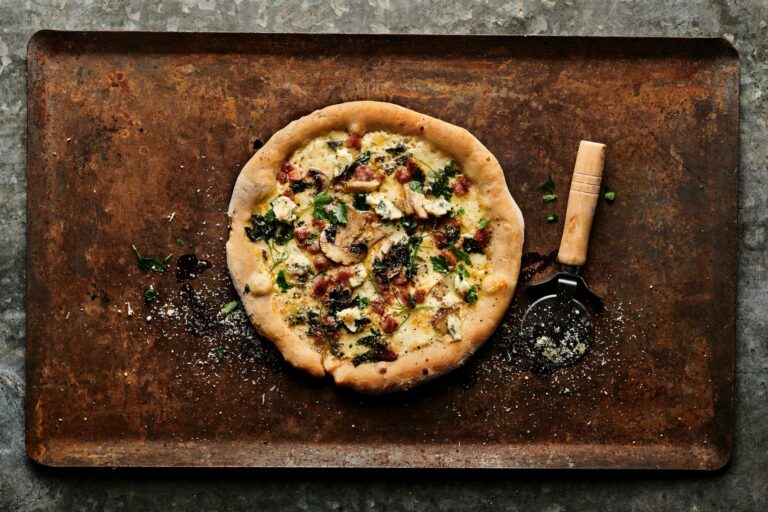
How To Prepare Your Ready-Made Pizza Dough For Neapolitan-Style Pizza
If you are wanting a lovely, puffy Neapolitan-style crust on your pizza, then leave the rolling pin in the drawer! Stretching pizza dough by hand
There are so many videos and online blogs around these days with the perfect pizza method, that it could be tempting to surmise that “they can’t all be right”. However, you would be wrong to assume that.
Just like every other type of food, from fish & chips to falafal, every pizzaiolo makes his or her own stamp on traditional recipes and develops new or improved techniques as the generations (and technology) roll by.
Our best piece of advice right now is for you to immerse yourself in this food method, which is possibly the most enjoyable and universally loved of them all, and find what works for you and your equipment.
Try out new ideas and ingredients. Test new floor temperatures and dusting flours. Accept that it won’t always go well. Have fun and get better at the same time. Find your inner Neapolitan and give it free rein!
That said, you are best to tweak just one element each time, rather than several, or you won’t necessarily know what made the difference
First up, oven heat is probably the most important point to great pizza, after perhaps the dough itself.
This applies in pizza ovens and kitchen ovens, but the basic principle is that you want a floor temperature that will seal the dough and puff up the crust (“oven spring”) quickly and an overhead temperature that melts and sears the toppings fast, causing “caramelisation” and FLAVOUR.
So, in a kitchen oven, you need to use a baking stone and maximum heat (worth trying turning the fan off too, if you can, so you get just top and bottom heat like a pizza oven. OR use the frying pan technique, that we believe works better.
If you have a pizza oven, then depending on what type you have, you will want a floor temperature of at least 350 C and an air temperature of 400 – 500 C . This is what works for us in our high-dome insulated clay oven. Again, find your sweet spot with practice in your oven.
Some pizza oven manufacturers claim that their ovens are “up to heat” in 40 mins, or less in some cases. I have found that just because the oven has touched 400 C for the first time that evening, it doesn’t mean that it has enough residual heat to give a good cooking performance. Our 100cm oven needs at least 1.5 hours to get to a level of heat that is balanced and consistent and won’t let you down halfway through cooking. Take your time, and don’t take shortcuts. Kiln-dried hardwood is the only fuel that works for me.

Once you have added the sauce to your base, it is imperative that you transfer it to the piping hot oven as possible – within a few seconds ideally. The longer it sits around uncooked, the more likely you are to have a soggy pizza that sticks to your peel or your oven or remains doughy once cooked.
Never try and be all “organised” before a pizza party, by topping all your pizzas beforehand. You will likely end up with an oven interior that looks more like a fondue cauldron and wastes an awful lot of amazing ingredients. Pizza making is all about staying relaxed and in the moment, going with the flow, and learning to have fun.
If you try and overload your pizza you will end up spending too long making it and risk the soggy bottom syndrome. Remember, you are not Dominos, so don’t try.
Start very simple – your base sauce and then 2 or 3 other ingredients. Focus on the quality of ingredients, rather than the quantity of them, and you will never be disappointed.
Use a modest amount of dusting flour to ensure things keep nice and mobile. The last thing your want is your marvellous creation sticking at the vital moment, but neither do you want excess flour in your oven. We often use a scattering of polenta to act as a bed of “ball bearings” between the pizza and the peel, but a little flour or semolina will work fine too. A little shimmy on the peel before taking it to the oven will allay any sticking fears.
Pizza night should be, above all, great fun. Our first tries at cooking pizza from scratch are often not great, but a little practice and experimentation is all part of the game. As we’ve already said, don’t try and be too formal or efficient. The key to great pizza is taking your time with preparation, enjoying the moment, and relaxing with one of the simplest, but most satisfying foods in the world.

If you are wanting a lovely, puffy Neapolitan-style crust on your pizza, then leave the rolling pin in the drawer! Stretching pizza dough by hand

BBQ Pork Sourdough Pizza “Puccia” Sandwiches Mix it up a little when out and about this summer, with this delicious fusion of bbq meat &

Making Neapolitan-Style Gluten-Free Pizza Using Wood (or Gas) Fired Pizza Oven Thaw And Prove Your Gluten Free Pizza Dough Gluten-Free Pizza dough can be tricky to
All major credit cards accepted.